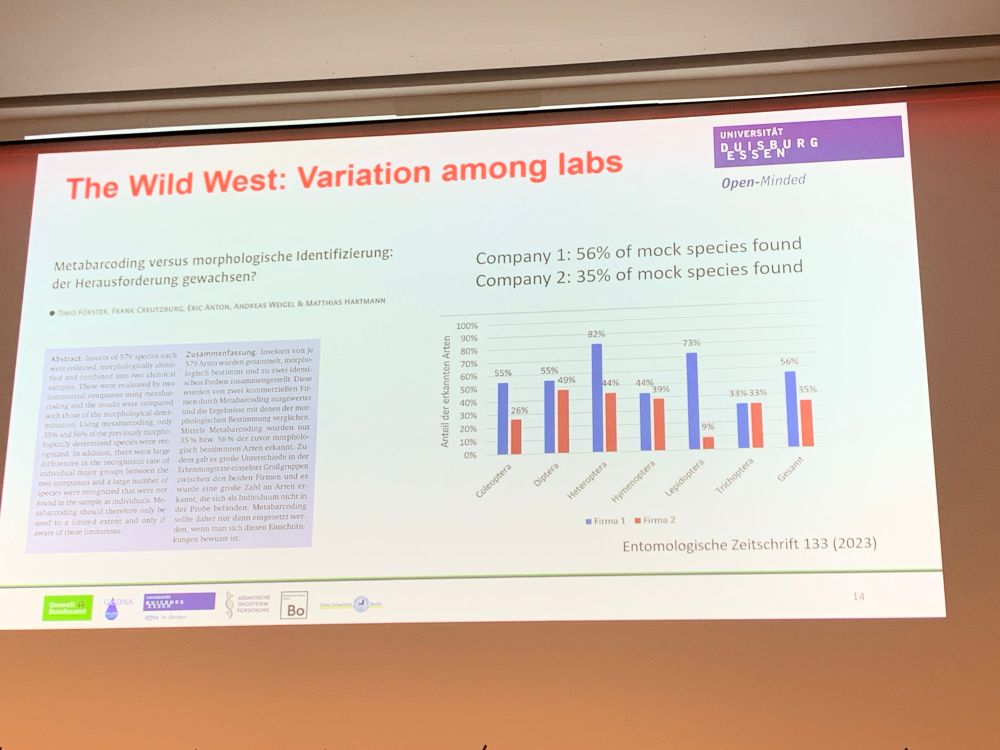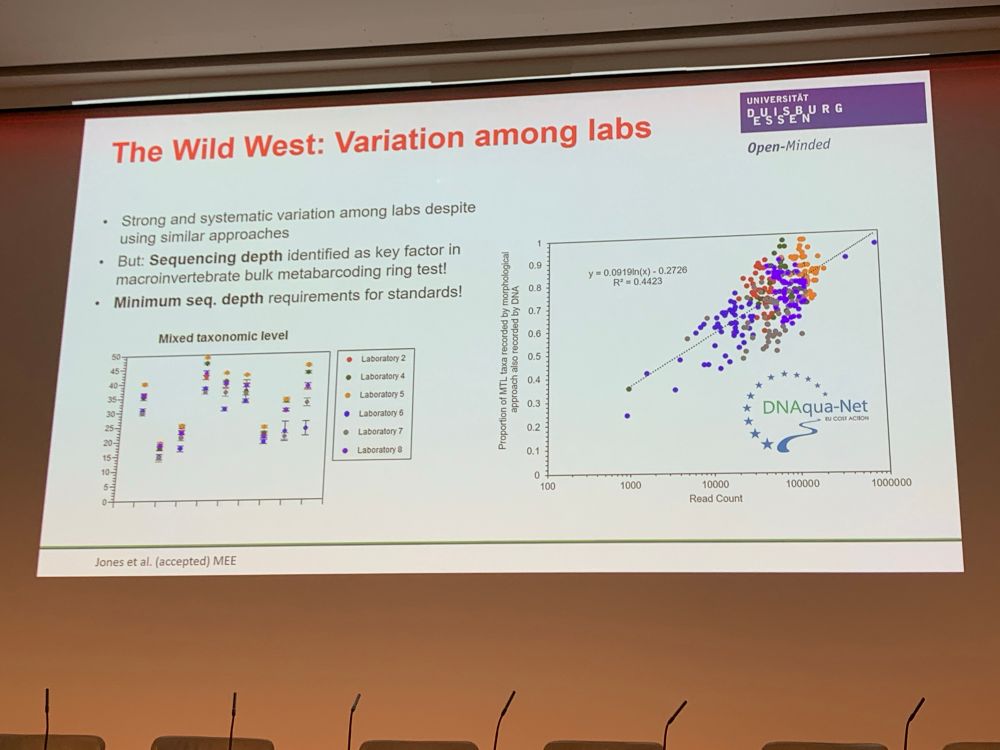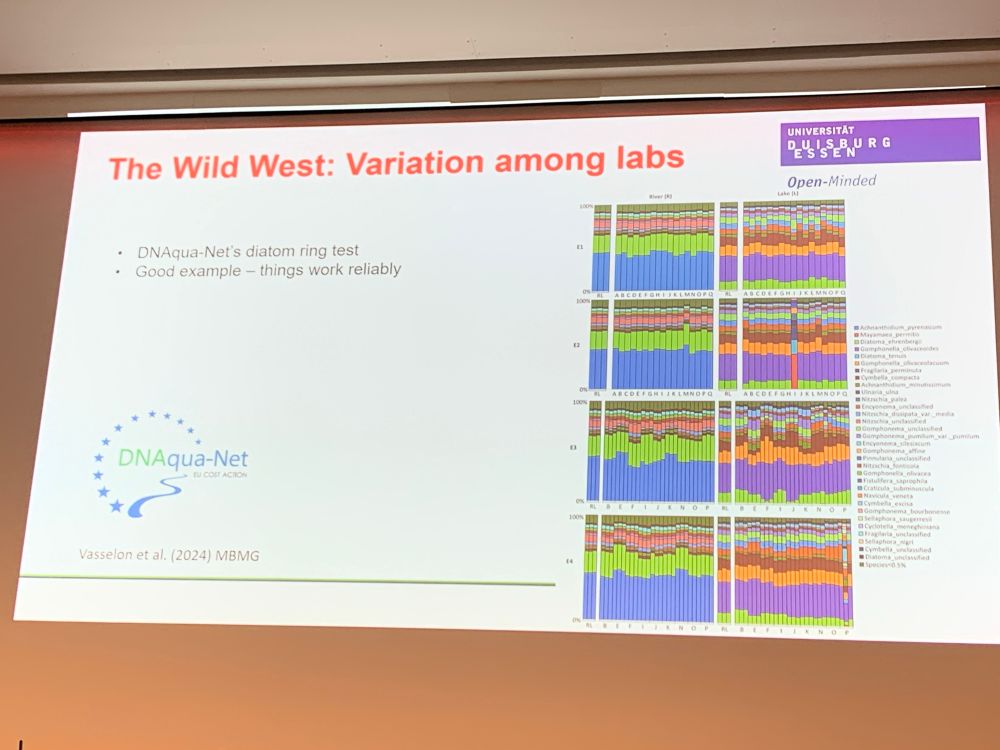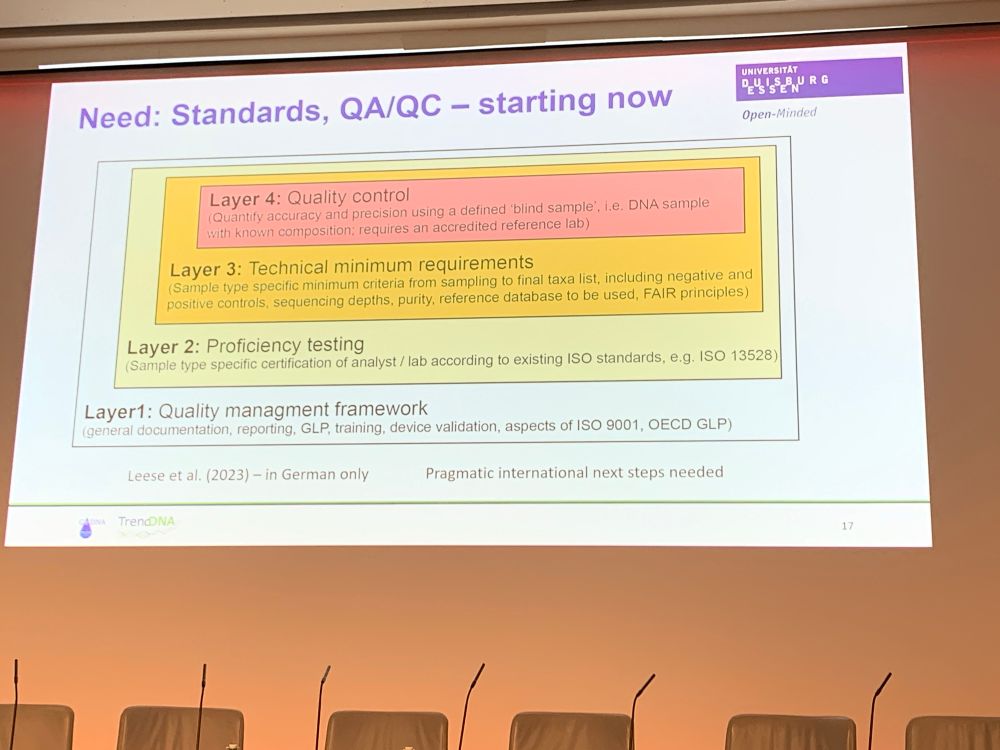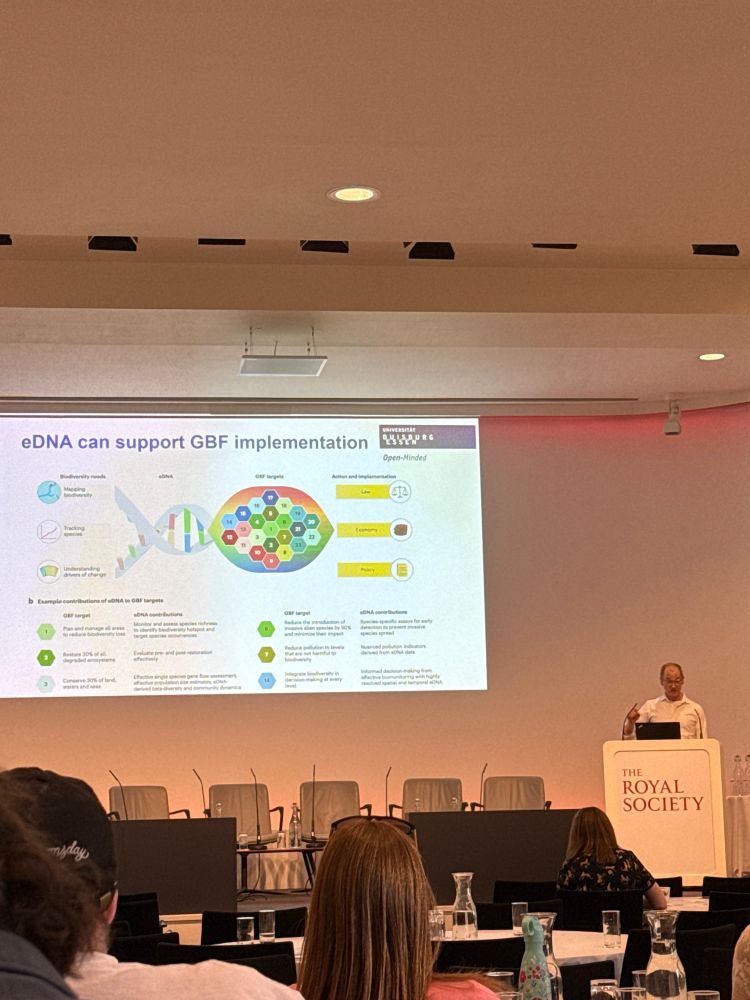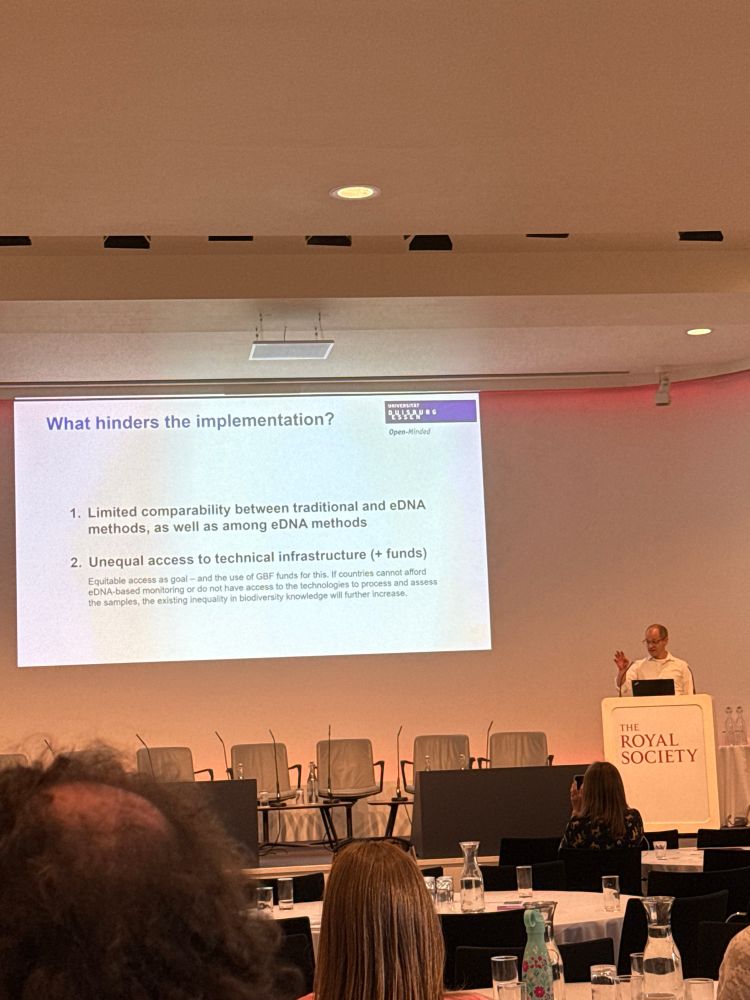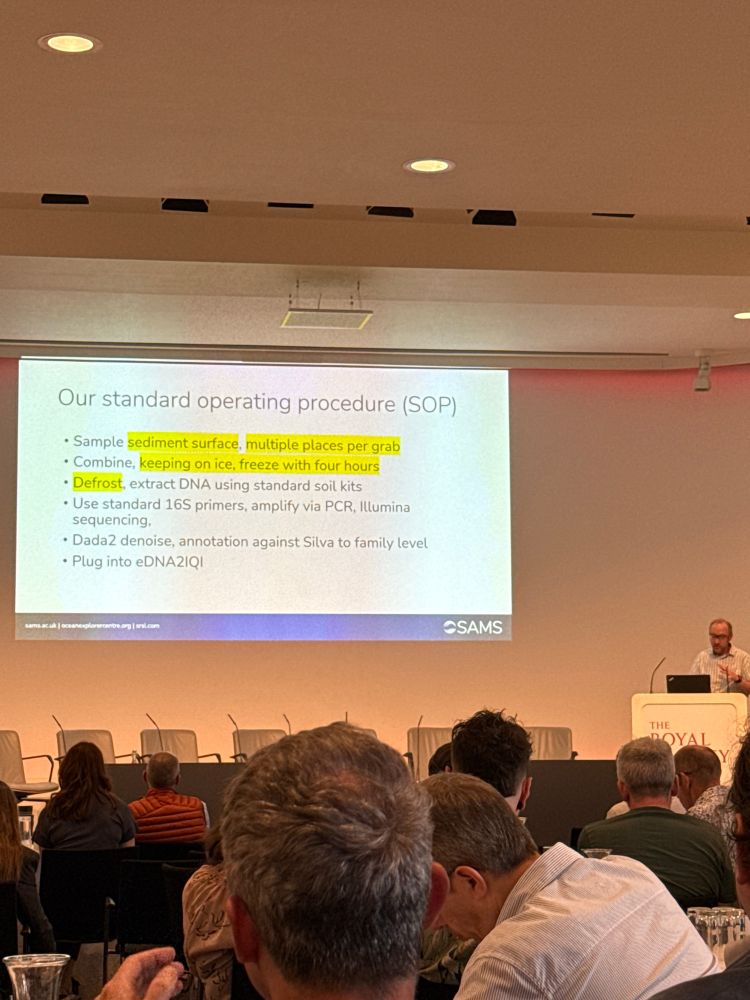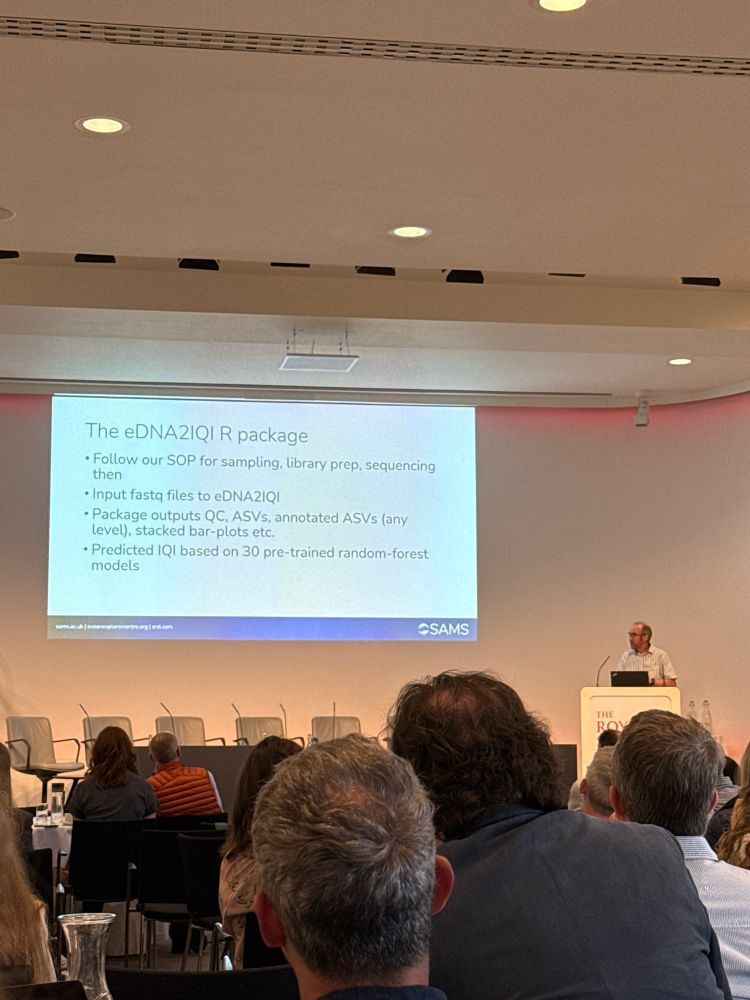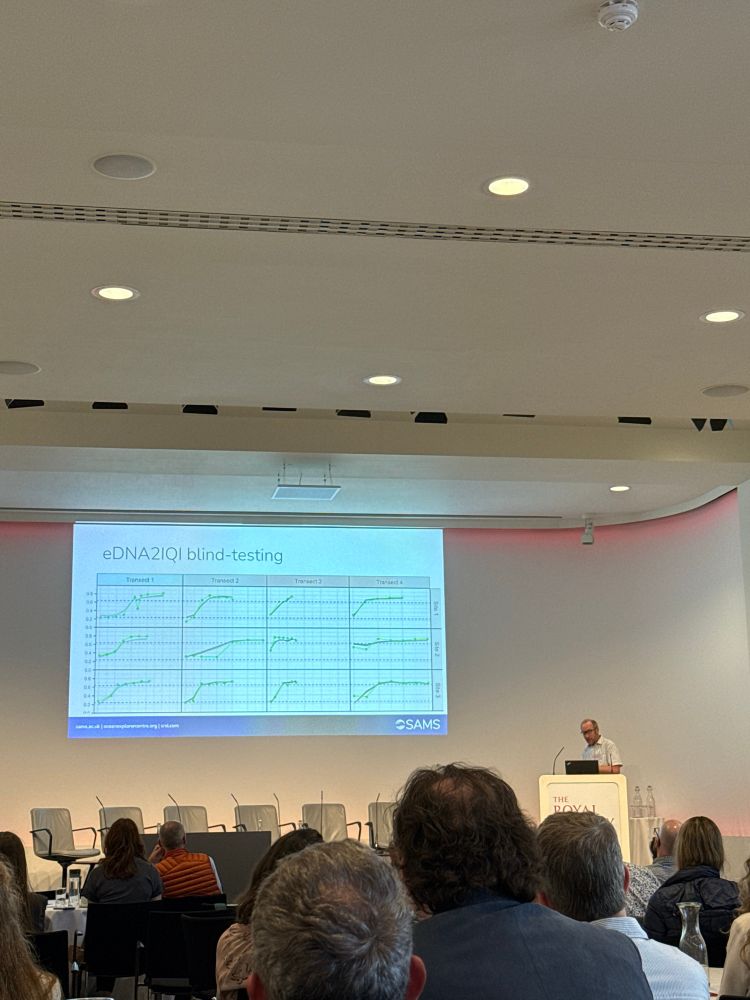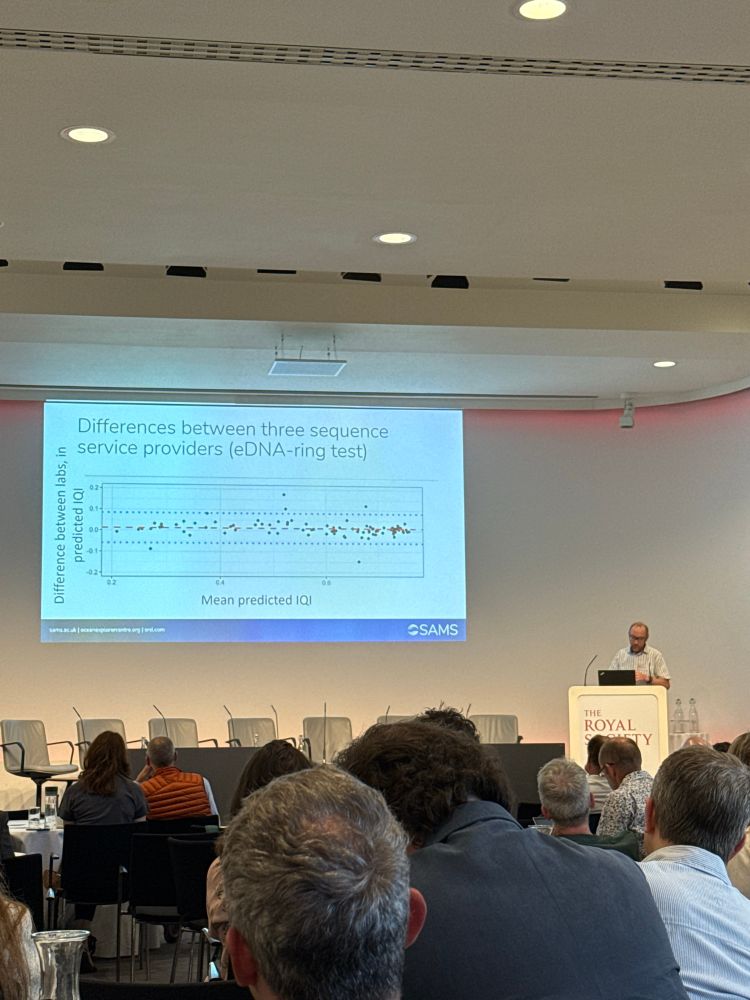Dr Kirsten J Harper
@kirstenjharper.bsky.social
86 followers
110 following
28 posts
Post-doc at the University of Edinburgh working on #marine and #terrestrial #eDNA. Views my own. She/Her.
Posts
Media
Videos
Starter Packs
Reposted by Dr Kirsten J Harper
Reposted by Dr Kirsten J Harper
Reposted by Dr Kirsten J Harper
Reposted by Dr Kirsten J Harper
Reposted by Dr Kirsten J Harper




















